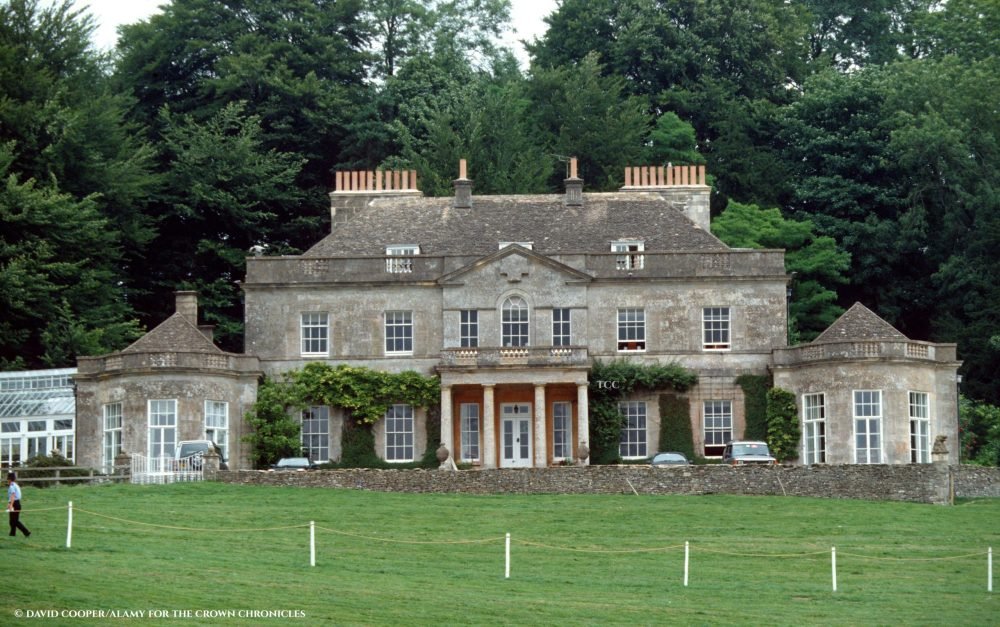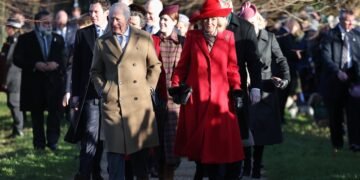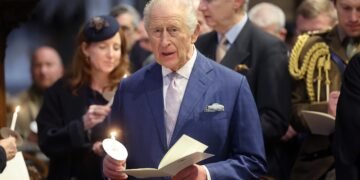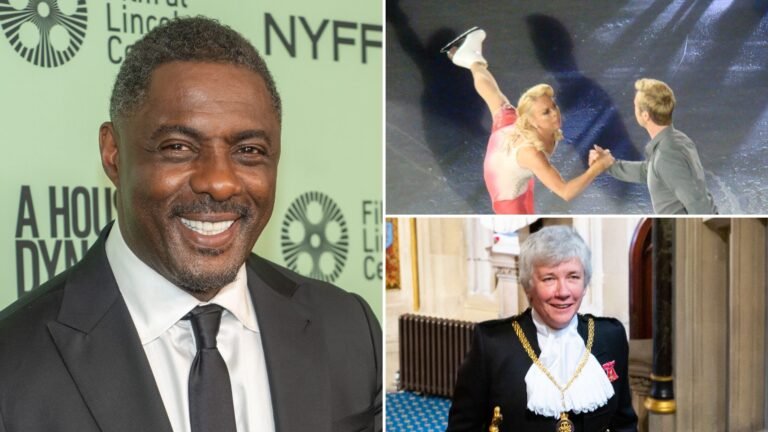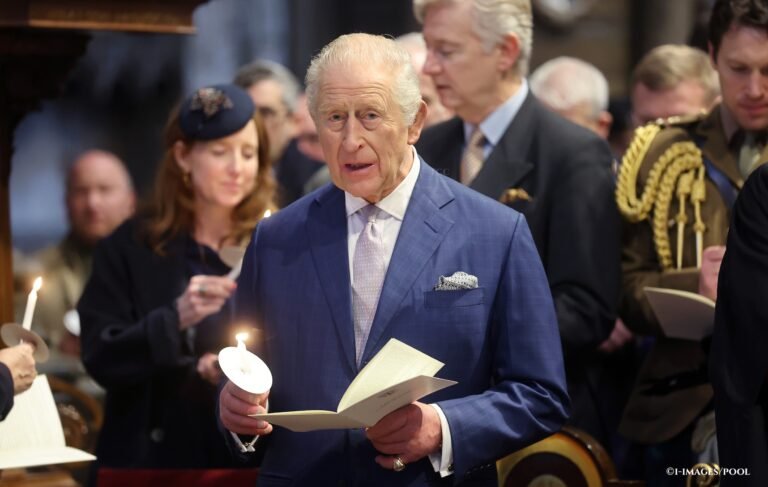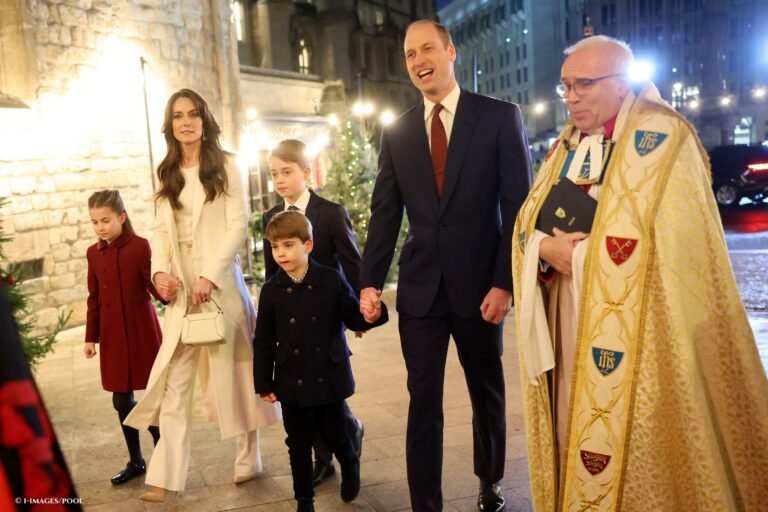In the depths of the Gloucestershire countryside, Gatcombe Park is a private royal residence best known as the home of Princess Anne.
With its stunning rural setting, historic architecture, and equestrian connections, Gatcombe Park is a fascinating part of the British Royal Family’s collection of homes – not least because it’s perhaps the one we hear about less than others!
Where is Gatcombe Park?
Gatcombe Park is an estate of around 700 acres located between the Minnichampton and Avening villages in Gloucestershire. It is around 10 miles from Highgrove, her brother’s country property, and a two-and-a-half-hour drive from London.
Princess Anne is occasionally seen at the train station heading back to the capital via Paddington…!
Who built Gatcombe?
The main house was built in the 1770s for Edward Sheppard, a local cloth merchant, probably 1771-1774, and it passed through several prominent owners including economist and MP David Ricardo.
It was created in typical cream Bath stone and is of course in the Georgian neoclassical style, demonstrating a symmetrical facade, large sash windows, and a Doric porch.


How did Princess Anne come to own Gatcombe?
In 1976, Elizabeth II purchased the 500-acre estate as a private home for her daughter, Princess Anne, following her marriage to Captain Mark Phillips.
Reports suggest that the couple took a long time to settle on a marital property they liked, that they had ‘seen every house in the home counties’ when they found Gatcombe. It needed a lot of work – rewiring, plumbing, mending holes in the roof, but featured lots of outbuildings, other houses on the estate and even its own woodland. Mark had also grown up nearby.
The move was intended to provide Anne and her family with a peaceful retreat away from the public eye, while also offering space for the couple’s equestrian activities, both being high-performing athletes in this field.
The previous owner was Lord Butler of Saffron Walden, Master of Trinity College at Cambridge, and a former Home Secretary, who had inherited the house from his father-in-law, the art collector Samuel Courtauld. Courtauld had acquired it from the Ricardo family in 1940.
Anne and Mark’s renovations at Gatcombe
Renovation and redecoration of the house was paid for privately, and Anne and Mark moved into the property in November 1977, just 10 days after the birth of their son, Peter. The couple had been staying in a property at Sandhurst, where Mark was working in the military, and at Anne’s London palace apartment until then.
The following year, the estate was enlarged by 230 acres with the purchase of next-door Aston Farm, giving even more privacy to the family.
It is thought that the estate was kept either in the Queen’s name or only Anne’s to protect its ownership – and a good job too, since Anne and Mark divorced in 1992… Today the Princess lives at Gatcombe Park with her second husband, Sir Timothy Laurence.
After the split, for some years Mark Phillips lived at Aston Farm with his second wife, but he later moved to the United States.
What does Gatcombe Park look like inside?
As a private residence, Gatcombe Park’s interiors remain largely undisclosed, but sources suggest there are 32 rooms (which Mark Phillips previously commented included ‘every lavatory and large cupboard’).
There are nine bedrooms, four reception rooms, a library, a billiards room, conservatory and staff accommodation. Of course, there is also extensive stabling.
Based on occasional glimpses, the decor appears to be traditional yet cozy, reflecting Princess Anne’s practical, no-nonsense lifestyle. Reports suggest the home features wood-panelled rooms and antique furnishings, comfortable yet understated interiors, in contrast to some of the grander official royal palaces.
With open fires (which Anne loves) and a stone flagged hall, featuring a rocking horse Zara loved to play on as a child, the house still has to function as something of an office for the Princess: her sitting room – complete with desk for writing speeches and letters – sits behind the formal drawing room.
Decoration reflects Anne and Tim’s interests, with many boats and horses adorning the walls. It is reported Anne turned down loaning pieces from the Royal Collection in order to decorate in a way that suited her tastes.

There is a moderate dining room that is used for entertaining, but we have heard that the couple prefer to eat on trays in the living room…!
There are limited looks inside the property, however, royal watchers were given an sneak peak inside the residence in 2021, when a photo of Anne and Tim watching the Six Nations was released; we can see a large but homely living room full of family photos, paintings, books and trinkets gathered over the years.
We have also seen a more recent photoshoot at the estate, to mark the Princess’ 70th birthday in a feature for Country Life.

Peter and Zara at Gatcombe
Anne’s children, Peter and Zara, each had a cottage on the estate until they married. Peter and wife Autumn then moved to London, but returned with some frequency to the countryside.
Zara and her husband, Mike Tindall, at first lived in Cheltenham after they were married in 2011, but in January 2013 they sold their house and moved back to the Gatcombe estate, allowing Zara to continue benefitting from the estate’s excellent facilities.
It is reported they moved into her father’s previous home, Aston Farm, having stayed in the Bothy Cottage as a young couple. It is at the farm they are raising their three children – with one even arriving into the world there!
In 2021, Lucas Tindall was born in a speedy and unexpected home birth. Mike had to grab some yoga mats and call the midwife, details he has mentioned on his rugby podcast.
Embed from Getty Images
Lucas Tindall was born on the estate in 2021
Gatcome the working estate
Unlike more formal royal residences, Gatcombe is a working estate, meaning it looks after livestock, agricultural operations, and horse breeding facilities.
Anne believes that the estate must pay its own way, and if it does not, then she cannot live there. She receives no taxpayer funding for her Gloucestershire home.
The grounds are best known for hosting the Gatcombe Horse trials, a prestigious annual equestrian event that attracts top riders from around the world. Peter Phillips was responsible for organising the event, while his father was Chariman of the Festival showing that Anne and Mark are still on good terms.
This event’s hosting has reflected Princess Anne’s deep involvement in the equestrian world, as both an Olympic-level rider and a former president of the British Olympic Association.
She, and members of her immediate family, would often be seen at the festival, as they competed, spectated or just enjoyed an ice cream and time with friends!
However, in 2024, it was announced the competition would no longer continue, due to high operational costs following the pandemic, bringing an end to 40 years of tradition on the estate.
Now, the estate’s focus is on farming and the stud. The Princess Royal – disagreeing her brother, The King – agrees with genetically modified (GM) farming methods, but her animals are thought to be organically raised and grass fed.
Unlike other royal properties, Gatcombe Park is not open to the public, as it remains a private residence – but it stands out among royal residences as a practical, working estate, reflecting Princess Anne’s down-to-earth personality and deep-rooted connection to equestrian life.

